Costa Rica – Window for Fiscal Reform Closing Fast
President Luis Guillermo Solís’ already poor prospects for securing passage of a package of tax reforms aimed at staving off a medium-term debt crisis are dimming rapidly. With the next presidential and legislative elections scheduled for February 2018, political leaders who aspire to succeeding for the top office are gearing up for intra-party primaries, which will only make them less inclined to cast their lot with a weak president.
Acknowledging that fact, the president has revised some of his proposals in hopes of softening opposition to the tax reforms. However, he has not budged on the central point of contention between the president and the legislature, namely, the fact that Solís’ proposals focus entirely on boosting revenues, and include no spending cuts. Political leaders from the main opposition PLN and the left-leaning Broad Front have indicated that they are still open to pursing a deal, but there is little reason to expect progress on that front as long as Solís remains unwilling to add cost-saving measures to his reform package.
In the meantime, the faces a serious debt problem that will only get worse in the absence of a significant and permanent fiscal adjustment. The public-sector debt burden amounted to 21% of GDP in 2010, but is estimated to have reached 45% of GDP last year, and, on the current trend, will top 60% of GDP by 2020. Both Fitch and Moody’s have knocked Costa Rica’s sovereign credit rating down one notch since the start of the year, moves that reflect pessimism about the prospects for achieving consensus on fiscal reforms. Moody’s projects that interest payments will account for fully 19% of total government spending in 2017, a high level even by the standards of developing economies.
Data for the first two months of the year showed tax revenues growing by 7.5% compared to the same period in 2016, the result of both better enforcement of tax rules and an increase in retail sales. However, the estimated year-to-date deficit is consistent with the figure for January-February 2016, which suggests that the central government shortfall will exceed 5% of GDP once again this year, and could expand to closer to 6% if revenues fail to keep pace with the budgeted double-digit increase in planned spending. Real GDP growth will be held in check this year by the weakness of investment spending, which could become a chronic issue if the government fails to address the debt problem.
Since 1979, The PRS Group Inc., has been a global leader in quant-based political and country risk ratings and forecasts. For more information on The PRS Group and its wide range of risk products, go to: www.prsgroup.com, or contact us at (315) 431-0511 and sales@prsgroup.com

PRS INSIGHTS
Moving beyond current opinions, a seasoned look into the most pressing issues affecting geopolitical risk today.
EXPLORE INSIGHTS SUBSCRIBE TO INSIGHTS